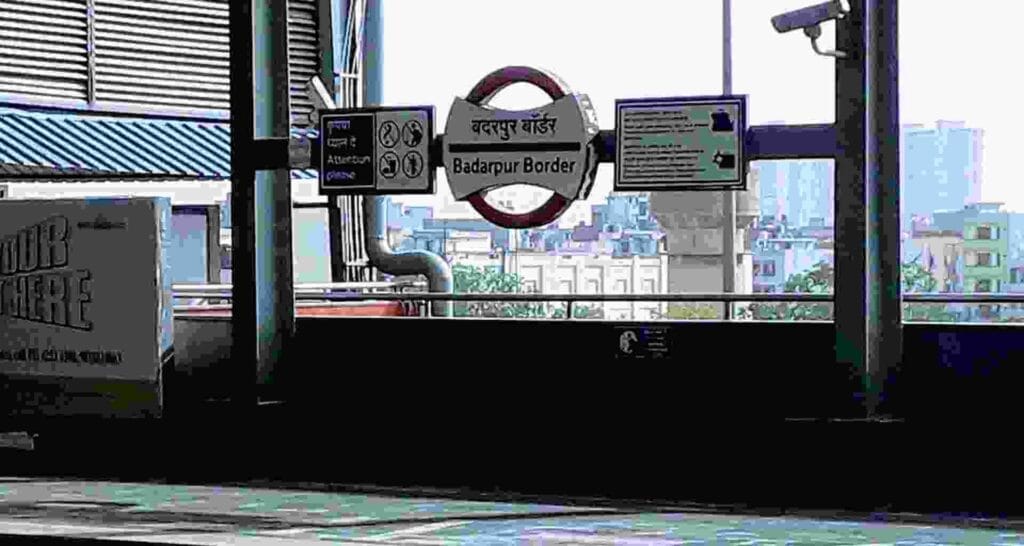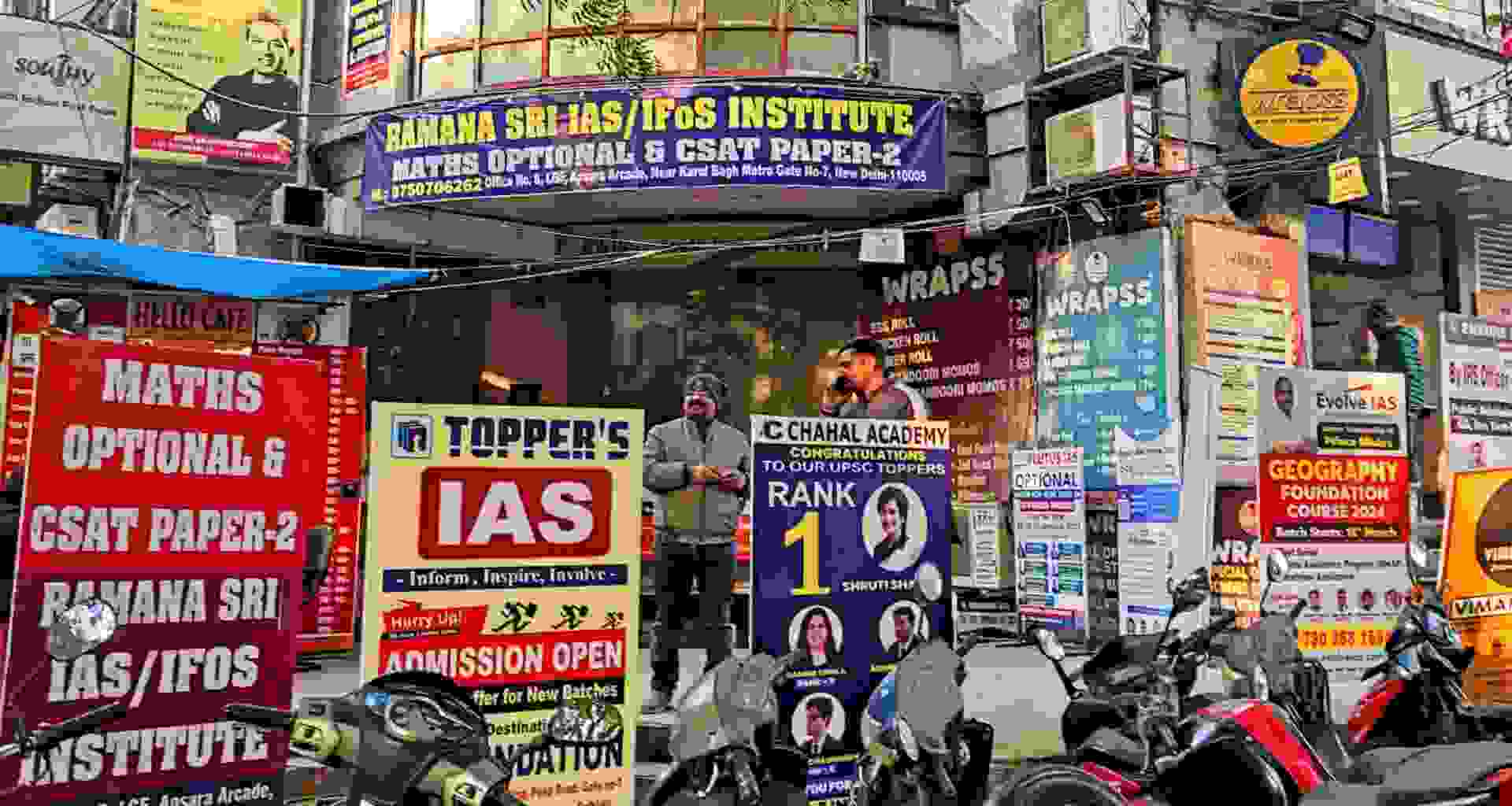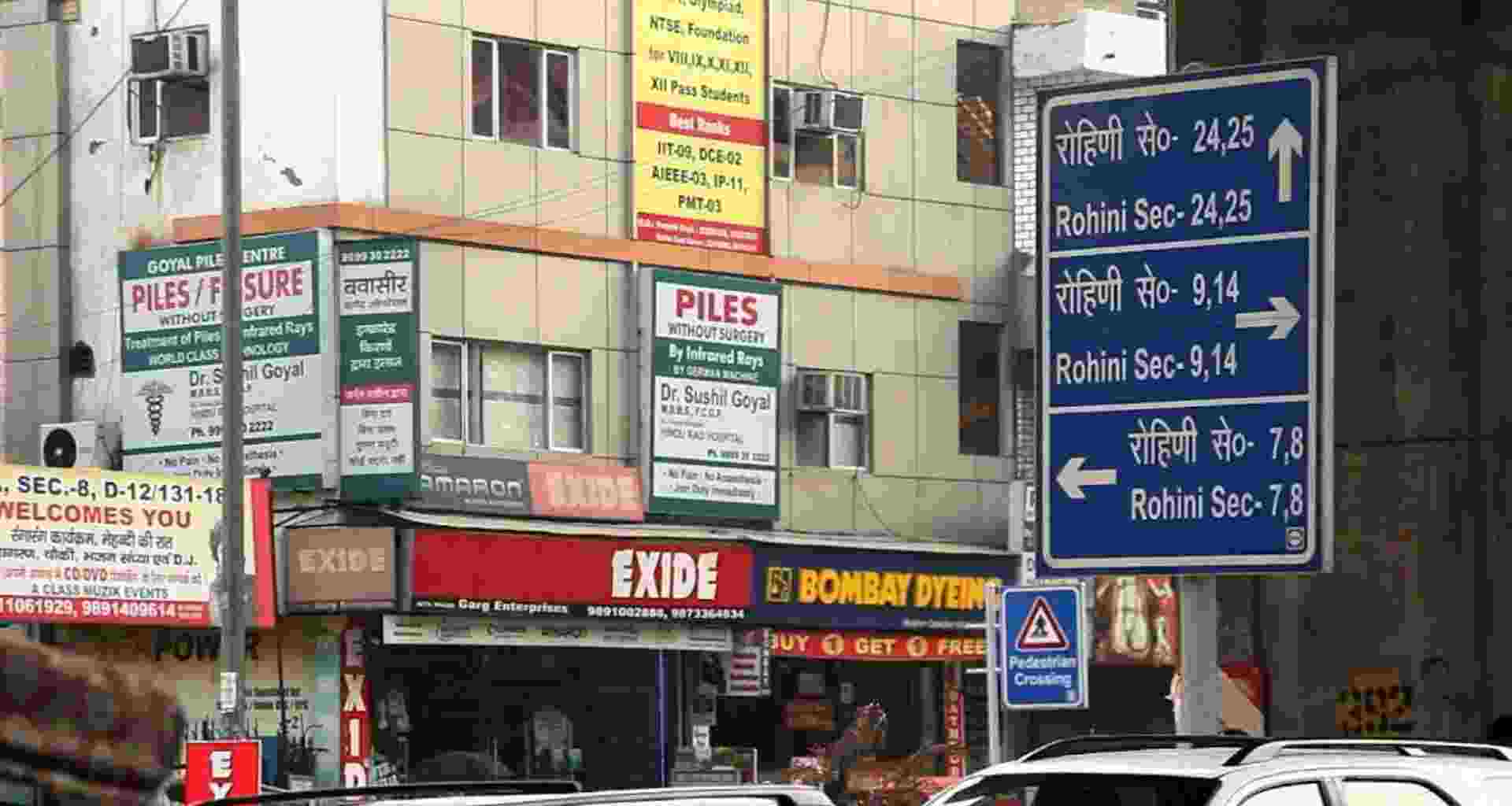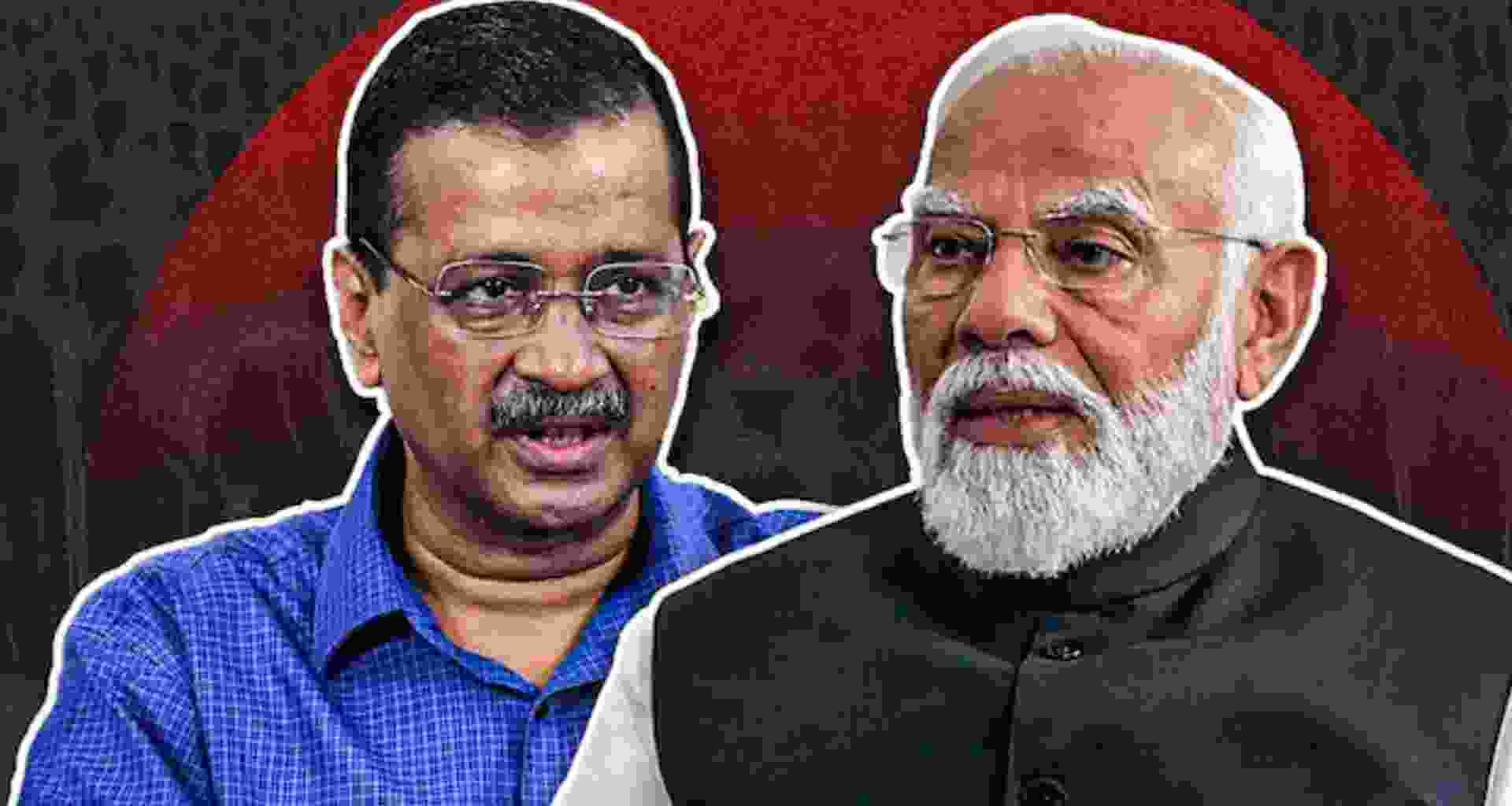Badarpur Assembly Constituency is one of the 70 assembly constituencies in the heart of Delhi, India. Situated in the southeastern part of the city, this constituency has witnessed a dynamic and ever-changing political landscape, making it a key player in the Delhi Assembly elections. Over the years, it has been part of several shifts in party dominance, with key political players emerging, challenging, and reclaiming power. Let’s dive deeper into the Badarpur Assembly constituency’s political history, voter analysis, and the upcoming 2025 election scenario.
Geographical Overview of Badarpur Assembly Constituency
Badarpur is located in the South East Delhi district and is one of the ten assembly segments that make up the South Delhi Parliament constituency. This constituency has undergone significant boundary changes over time, with the present form coming into existence in 2008. It now shares boundaries with several prominent areas, making it a crucial part of the capital’s political dynamics.
Historical Election Results: Badarpur Assembly Constituency
Badarpur Assembly constituency has witnessed several shifts in political fortunes, with different political parties gaining and losing control in successive elections. Below is a breakdown of the election results over the years, showcasing the dramatic change in voter preferences and political dominance.
Badarpur Elections Result 2025
| Rank | Candidate Name | Party | Votes Secured | Vote Difference | Result |
|---|---|---|---|---|---|
| 1 | Ram Singh Netaji | Aam Aadmi Party (AAP) | 1,12,991 | +25,888 | Won |
| 2 | Narayan Dutt Sharma | Bharatiya Janata Party (BJP) | 87,103 | -25,888 | Lost |
| 3 | Arjun Singh Bhadana | Indian National Congress (INC) | 3,145 | -1,09,846 | Lost |
| 4 | Pardeep | Bahujan Samaj Party (BSP) | 1,965 | -1,11,026 | Lost |
| 5 | Rahul Rai | Samata Party | 466 | -1,12,525 | Lost |
| 6 | Jagdish Chand | Communist Party of India (Marxist) (CPI-M) | 367 | -1,12,624 | Lost |
2020 Delhi Assembly Elections: BJP’s Narrow Victory
The 2020 Delhi Assembly elections witnessed a tight contest between the Bharatiya Janata Party (BJP) and the Aam Aadmi Party (AAP). BJP’s Ramvir Singh Bidhuri emerged victorious with 90,082 votes, securing 47.05% of the vote share. The AAP’s Ram Singh Netaji followed closely with 86,363 votes (45.11%). This close contest saw a swing of +14.98% in favor of the BJP, a significant recovery from AAP’s prior dominance in the constituency.
| Party | Candidate | Votes | Percentage (%) | ± % |
|---|---|---|---|---|
| BJP | Ramvir Singh Bidhuri | 90,082 | 47.05 | +19.58 |
| AAP | Ram Singh Netaji | 86,363 | 45.11 | -10.37 |
| BSP | Narayan Dutt Sharma | 10,436 | 5.45 | +0.70 |
| INC | Pramod Kumar Yadav | 1,615 | 0.84 | -9.98 |
| NOTA | None of the above | 750 | 0.39 | +0.06 |
| CPI(M) | Jagdish Chand | 683 | 0.36 | N/A |
2015 Delhi Assembly Elections: AAP’s Historic Win
In the 2015 elections, AAP’s Narayan Dutt Sharma secured a massive victory, garnering 94,242 votes (55.48%) and a remarkable gain of +39.75%. BJP’s Ramvir Singh Bidhuri could only manage 46,659 votes (27.47%), while other parties like Congress and BSP trailed far behind.
| Party | Candidate | Votes | Percentage (%) | ± % |
|---|---|---|---|---|
| AAP | Narayan Dutt Sharma | 94,242 | 55.48 | +39.75 |
| BJP | Ramvir Singh Bidhuri | 46,659 | 27.47 | -6.76 |
| INC | Ram Singh Netaji | 18,390 | 10.82 | -12.95 |
| BSP | Nar Singh Shah | 8,082 | 4.75 | -18.16 |
2013 Delhi Assembly Elections: BJP’s Revival
The 2013 elections marked a turning point with BJP’s Ramvir Singh Bidhuri regaining the seat with 43,544 votes (34.23%). Despite a strong challenge from AAP, which had Narayan Dutt Sharma in the race, BJP managed to secure a victory with a majority of 13,854 votes. AAP’s strong performance indicated the growing appeal of the new political party in Delhi.
| Party | Candidate | Votes | Percentage (%) | ± % |
|---|---|---|---|---|
| BJP | Ramvir Singh Bidhuri | 43,544 | 34.23 | +20.40 |
| AAP | Narayan Dutt Sharma | 20,833 | 15.73 | N/A |
| INC | Ram Singh Netaji | 31,490 | 23.77 | -11.75 |
| BSP | Nar Singh Shah | 30,346 | 22.91 | -24.39 |
2008 Delhi Assembly Elections: BSP’s Victory
In 2008, Badarpur was part of a major political shift, with BSP’s Ram Singh Netaji winning with a significant margin. With 53,416 votes (47.30%), he comfortably defeated the closest contender, BJP’s Rambir Singh Bidhuri, by 13,305 votes. This was a remarkable achievement for BSP in a constituency previously dominated by other parties.
| Party | Candidate | Votes | Percentage (%) | ± % |
|---|---|---|---|---|
| BSP | Ram Singh Netaji | 53,416 | 47.30 | +33.04 |
| INC | Rambir Singh Bidhuri | 40,111 | 35.52 | -2.37 |
| BJP | Khem Chand | 15,621 | 13.83 | +9.14 |
Caste and Voter Analysis: Badarpur Assembly Constituency
Badarpur constituency has a diverse population, with various communities actively participating in the electoral process. The most significant voter groups include the Singh community (17%), followed by the Muslim community (11.8%). These communities play a crucial role in shaping the electoral outcomes and are often pivotal in determining the winning candidate.
| Community Name | Voter Count | Voter Percentage |
|---|---|---|
| Singh | 54,608 | 17% |
| Muslim | 37,903 | 11.8% |
| Kumar | 23,801 | 7.4% |
| Sharma | 13,937 | 4.3% |
| Lal | 12,620 | 3.9% |
| Ram | 11,123 | 3.5% |
| Prasad | 7,703 | 2.4% |
| Jha | 6,736 | 2.1% |
Key Factors Influencing Elections in Badarpur

- Political Shifts: Badarpur has seen multiple political shifts, with BJP, AAP, and BSP leading at different points in time.
- Voter Preferences: Community-driven voting behavior and the prominence of local issues play a significant role.
- Electoral Turnout: The constituency has seen fluctuating voter turnouts, which directly impact the final results.
Conclusion
Badarpur Assembly constituency’s political narrative is a fascinating tale of changing allegiances and shifting voter preferences. With historical victories and defeats, this seat remains one of the most closely watched in Delhi. The 2025 elections are expected to be a fierce battle, and the key to victory will lie in understanding the evolving dynamics of the electorate and responding to their concerns.
By carefully analyzing past results, voter demographics, and trends, political parties can craft targeted campaigns to sway the voters in their favor. Badarpur’s outcome will undoubtedly have a significant impact on the overall political direction of Delhi.



